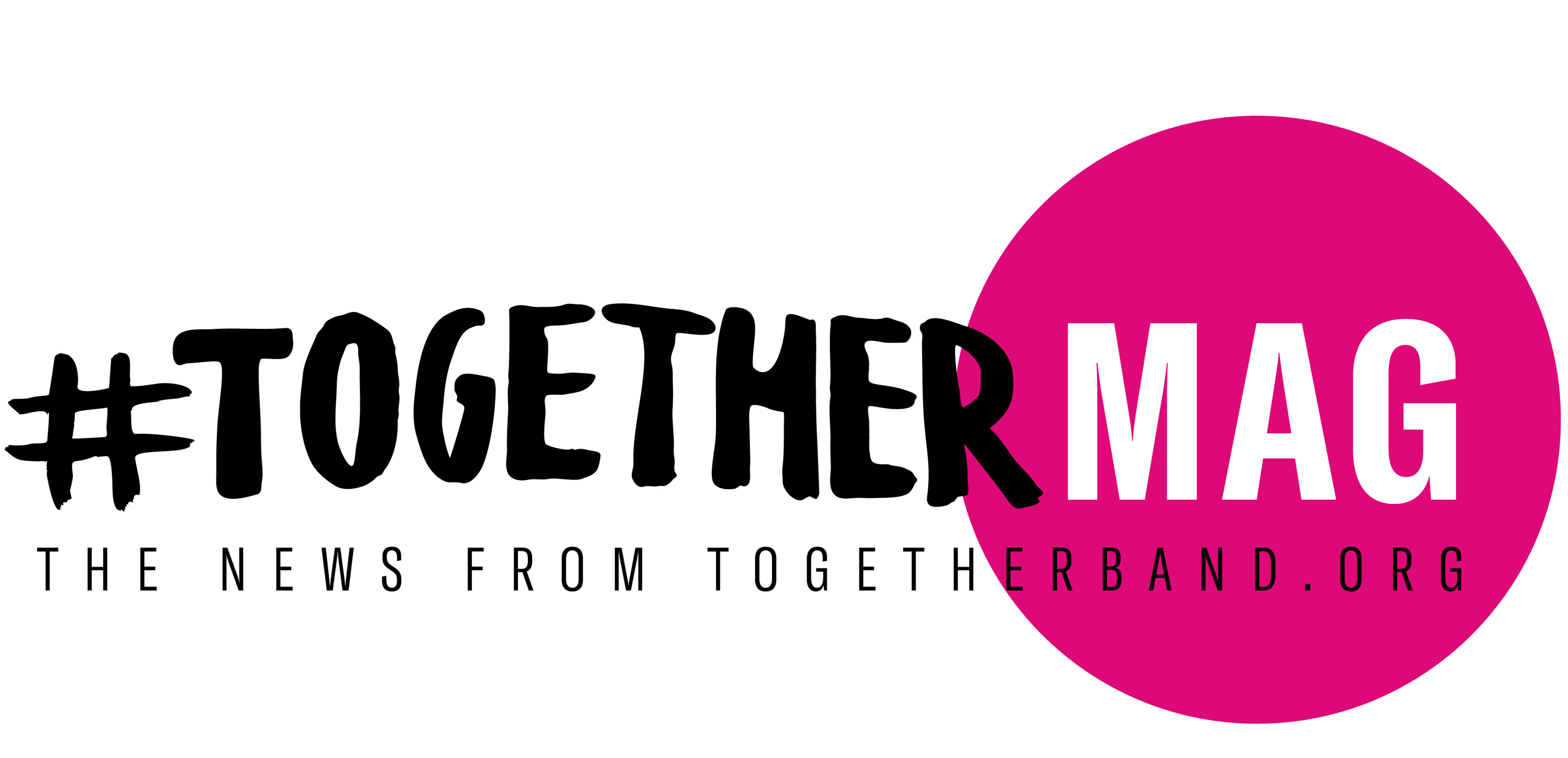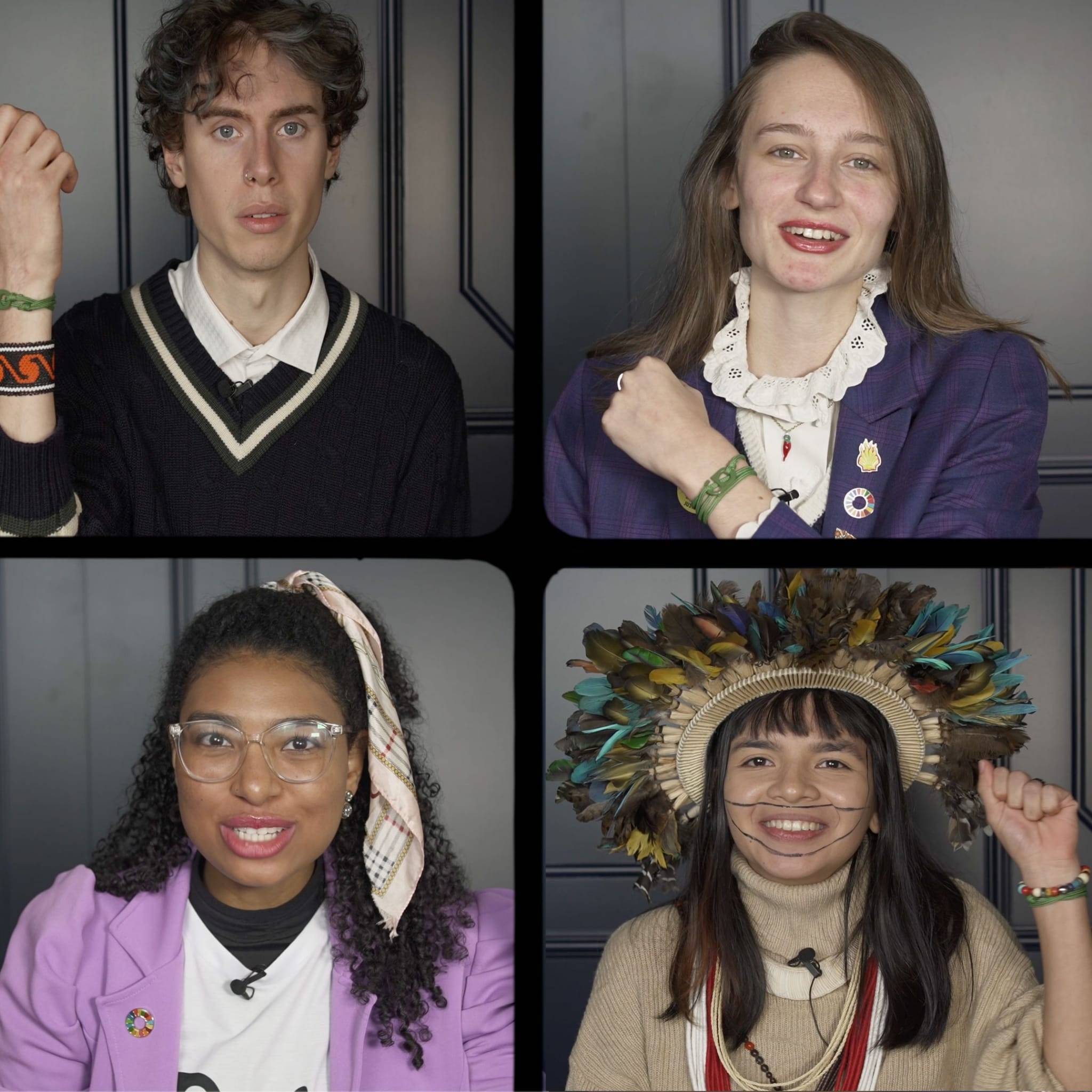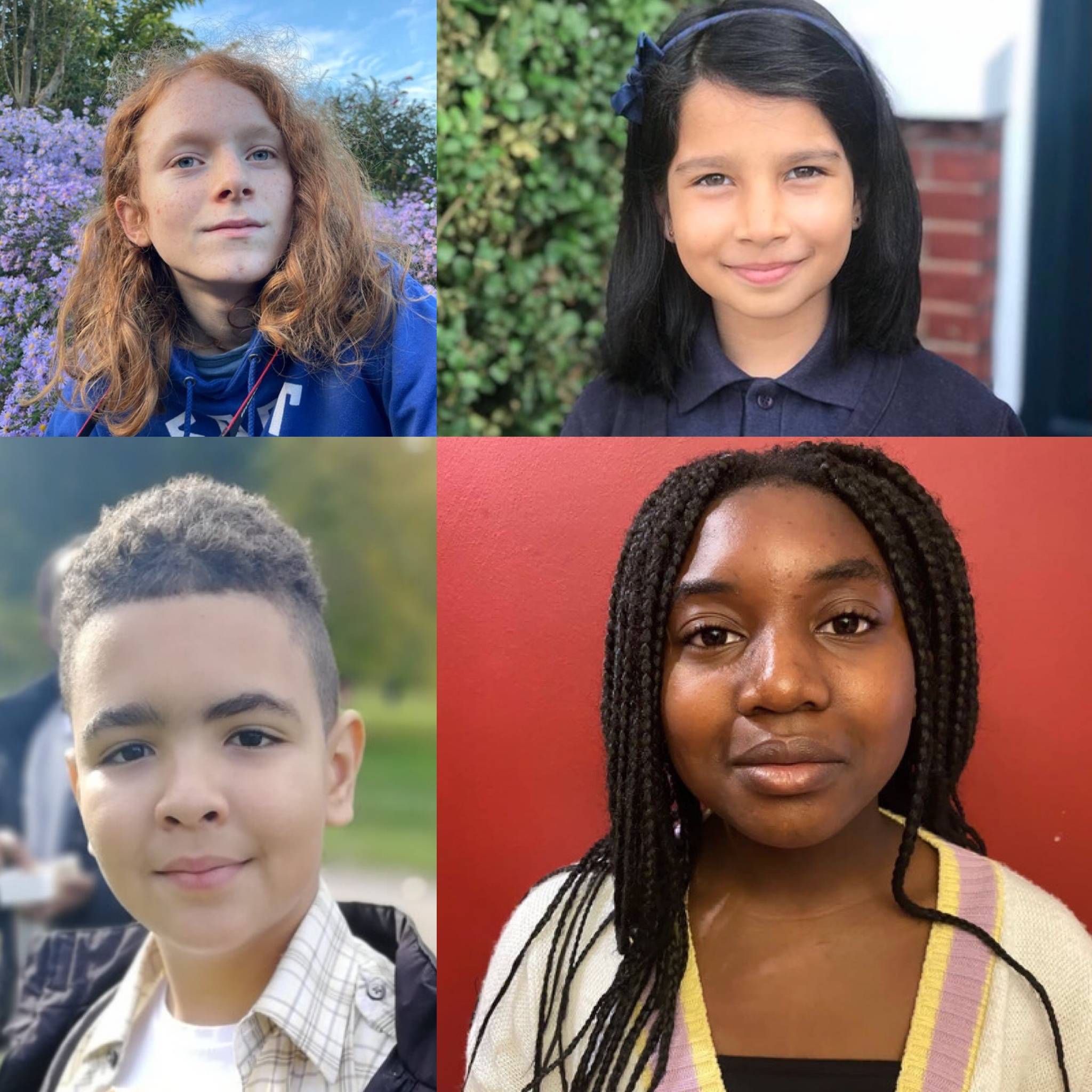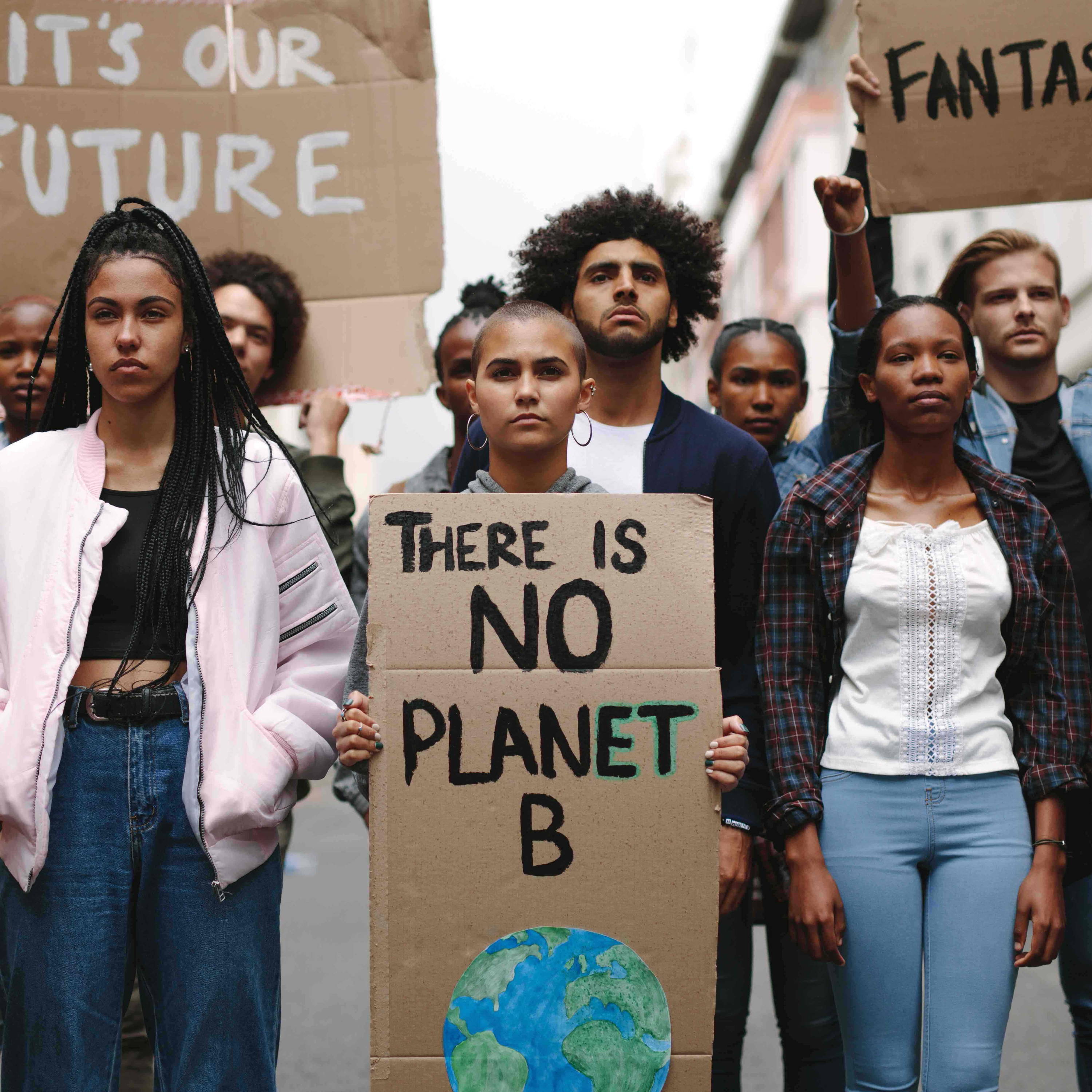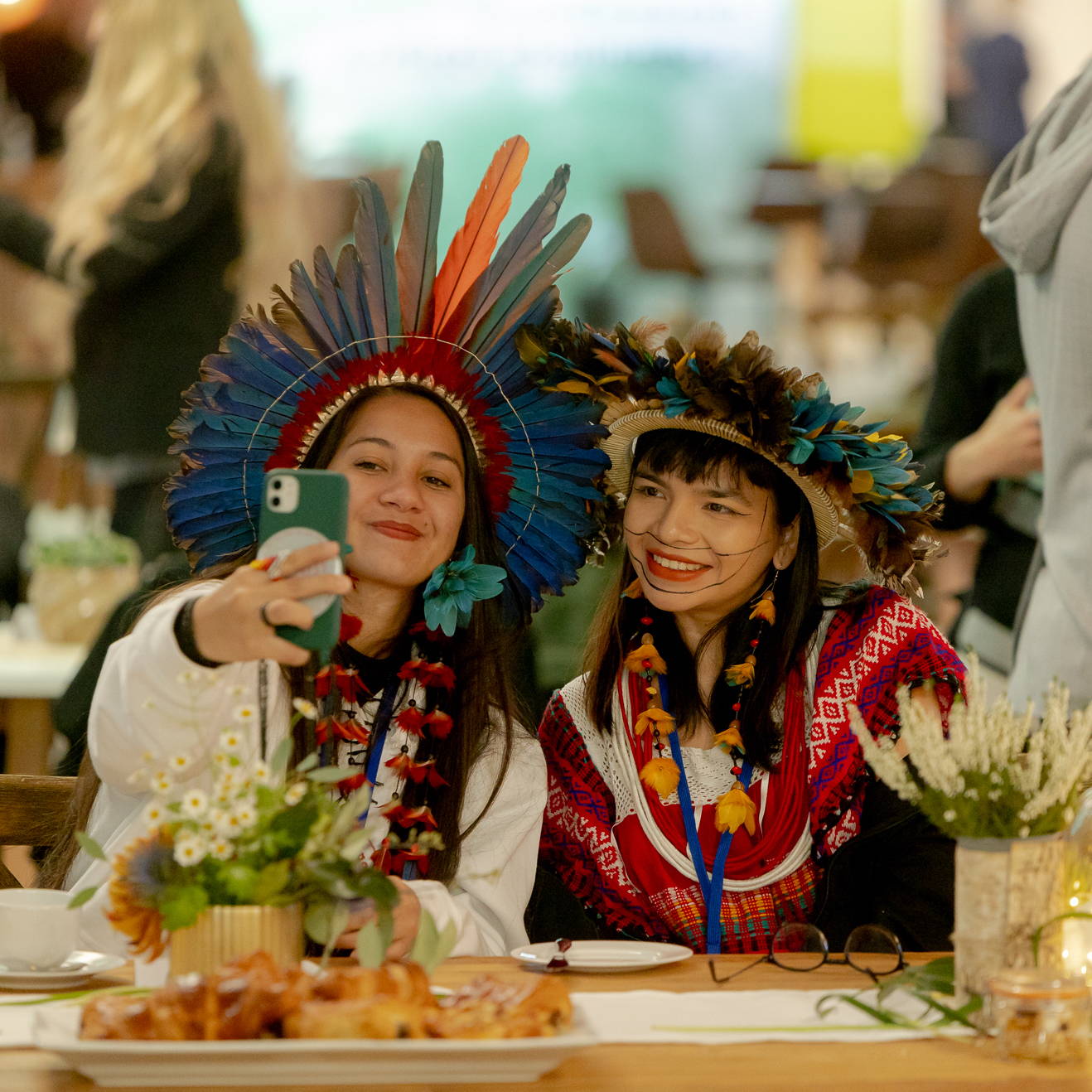
Samela Awiá and Txai Suruí
Image: Carlo Paloni
Goal 13: Climate Action
18 Indigenous influencers to follow on instagram now
Want to learn more about Indigenous peoples all over the world, their lives and their campaigns? Check out these inspiring Instagram accounts
By DELPHI BOUCHIER HAYES
10 november 2021
The Yawanawá are just one of the 5000 groups of Indigenous peoples living in the world. While their ancestors may not have had space to speak openly about their lifestyle, social media means that young Indigenous peoples are telling their stories just the way they want to. Here are some of our favourites...
Txai Suruí
@txaisurui
This 24 year old Indigenous climate activist shot to the attention of the world after making an impassioned speech on the opening day of COP26 in Glasgow. Addressing heads of state, she said 'the Earth is speaking. She tells us that we have no more time. The animals are disappearing. The rivers are dying, and our plants don’t flower like they did before.'
Samela Awiá
@sam_sateremawe
Also 24, Samela is a biology student at the State University of Amazonas. Part of Fridays For Future Brasil – a movement founded by the Swedish woman Greta Thunberg – she didn't know what an activist was until her first rally in 2019, when a friend asked her if she was one. 'She explained to me that an activist is someone who fights for a cause and I came to the conclusion that we, Indigenous people , have always been activists. The term may be new, but the agenda has always existed among the native peoples. We are the main defenders of nature.'
Quannah Chasinghorse @quannah.rose
In an industry that often overlooks Indigenous talent, 19-year-old model, Quannah Chasinghorse is breaking barriers as she becomes one of the fashion world’s most captivating new faces. She is of Han Gwich’in (from Alaska and Canada) and Oglala Lakota (from South Dakota) heritage – something she’s proud of and hopes to share with others. Her eye-catching face tattoos, known as Yidįįłtoo, are confidently displayed at the corner of her eyes and on her chin. ‘To be able to bring [the tattoos] back is a powerful thing – you feel empowered knowing that you’re carrying on a tradition that was meant to be erased,’ says Chasinghore. Appearing at the 2021 Met Gala, she stole the show as she honoured her Indigenous heritage in a striking gold lame gown and authentic Navajo jewellery. When she’s not modelling, Chasinghorse is a fierce activist for Native American and Indigenous issues, climate warrior, and land protector.
James Jones
@notoriouscree
James Jones brought Indigenous dancing to the mainstream in 2020 when he put a twist on the ‘Blinding Lights’ TikTok trend. As he danced to the music of The Weeknd wearing his traditional regalia and wielding hoops around his arms, Jones became a viral sensation. Better known as Notorious Cree, Jones is from the Anishinaabe Tallcree First Nation in Alberta, Canada. His performances, which he showcases on Instagram and TikTok, fuse traditional hoop dancing with modern breakdancing. The hoop dance is a storytelling dance, which historically has been used to provide Indigenous communities with emotional support. Speaking to American VOGUE, Jones summed up his mission, ‘We dance for those who can’t dance, and we dance to heal. I always hope to educate and bring awareness in a good way.’
Tukumã Pataxó
@tukuma_pataxo
Tukumã Pataxó, 22, lives in Brazil and is part of the Pataxó tribe. He uses his Instagram to report on his culture in a witty, satirical way. Whether that’s through demonstrating how to make shampoo from hibiscus and cinnamon or reels that show the transition into full Indigenous regalia. Fed up, Pataxó stresses that, ‘We Indigenous people have had enough of people who come from outside and talk about us, we want to tell our stories ourselves.’ Through showcasing the best parts of Indigenous culture – the dancing, the fashion, and the friends – Pataxó is able to break down any prejudices in a playful way.
Xiuhtezcatl Martinez
@xiuhtezcatl
Although only 21, Xiuhtezcatl Martinez has an astonishing list of accomplishments. Aged six, he spoke at his first climate event. Aged 12, he made his debut speech at the UN. Now 21, Martinez is a hip-hop artist who uses his music to continue to fight for climate action. Plus, he can solve a Rubik’s Cube in under a minute. Martinez, who is from Boulder, Colorado and of Indigenous heritage, is not averse to working with people in the limelight, namely Jaden Smith and Miley Cyrus. In 2017, however, he made an enemy out of Donald Trump after attempting to sue him over inaction on global warming. Xiuhtezcatl’s feed is as educational as it is aesthetic, as his 108k followers know.
Sonia Guajajara
@guajajarasonia
Spearhead of the Association of Indigenous People of Brazil, Sonia Guajajara was born to a Guajajara family in Maranhao, in the Amazonian rainforest. The Guajajaras are one of Brazil’s largest Indigenous groups. As one of the strongest environmental leaders in the world, Sonia is passionate about Indigenous peoples’ ability to save the planet. And why? Because, according to Sonia, ‘What many consider wild, is a way to preserve life for us. Few people understand, or want to understand, that everything is connected and nature provides everything.’
Sarain Fox
@sarainfox
Self-dubbed ‘storyteller’ Sarain Fox uses her platform to tell stories in myriad ways. A dancer, mother, and current host of RISE on Viceland, she advocates for the environment with an urgency born out of her own deep connection to the land. Fox is Anishinaabe, born in Batchawana First Nation, just outside of Saulte Sainte Marie, Ontario. It’s why she is so passionate about empowering Indigenous communities and amplifying their voices, especially those of the youth. Her feed is eclectic and inspiring, from adorable videos of her daughter Lil Maama to impressive snapshots of meetings with Canadian prime minister, Justin Trudeau.
Tashka Yawanawá @tashka_yawanawa
Tashka Yawanawá is Chief of the Yawanawá Indigenous peoples and our official partner on our Yawa #TOGETHER project in the heart of the rainforest, which you can pledge to support on Kickstarter right now. An inspiring community leader, powerful activist and father-of-two, Tashka also travels the globe, working to raise awareness of the rights of Indigenous peoples, the modern-day threats they face and their deep connection to the natural world around them. Tashka and his activist wife Laura advocate for progress and preservation of the Yawanawá culture.
Autumn Peltier
@autumn.peltier
Aged eight, shocked by the knowledge that not all people in Canada have access to clean drinking water, ‘water warrior’, Autumn Peltier began campaigning for the preservation of water. She is Anishinaabe-kew, a member of the Wiikwemikoong First Nation, and lives on the Unceded Anishinaabe Territory on Mantioulin Island in northern Ontario, Canada. As such, much of her work centres around the rights of Indigenous people, particularly their right to clean water. In 2016, at the age of 12, Autumn really showed her passion as she pushed back tears and handed a water bundle to Prime Minister Justin Trudeau at the Assembly of First Nations annual winter gathering. Since then, she’s continued to make an impact. She has been nominated for the International Children’s Peace Prize and is Anishinabek Nation’s Chief Water Commissioner, a post previously held by her great aunt.
Michelle Chubb @indigenous_baddie
Michelle Chubb has serious clout, with 186k followers and her videos receiving an average of 10K views. But Chubb, or Indigenous Baddie, rose to fame jingle dress dancing on Tiktok. This traditional style of Indigenous dance is a way to combine movement with prayer and healing. For Chubb, a Cree woman from Winnipeg, Canada, performing jingle dances to her 450k TikTok followers was a way to change others’ views of Indigenous people, a way to ‘show the world that we’re strong, smart, intelligent people’, she says. Chubb is determined to use her platform to provide information about Indigenous people and the issues they face. Most of all, she is determined to tackle the hard-hitting reality that thousands of Indigenous women go missing every year. In fact, the US Justice Department found that Indigenous women on some reservations are 10 times more likely to be murdered than other women.
Felicia Foxx @iam_deadly_feliciafoxx
Sydney-based drag queen Felicia Foxx is unapologetically herself. She lives and breathes authenticity and realness. But this was not always the case. Foxx grew up in a male-dominated Kamilaroi and Dunghutti family just outside of Sydney, an environment in which she struggled to fit in. Foxx now exudes strength and fearlessness. ‘Thank god for the art of drag!’ she says. Finding drag, aged 16, and later performing allowed Foxx to explore her gender identity and her relationship with her body. Earlier this year, Foxx looked particularly fabulous as she entranced spectators during the First Nations Fashion + Design show at Afterpay Australian Fashion Week.
Adam Sings in the Timber
@singsinthetimber
US-based photographer Adam Sings in the Timber, originally from Montana, uses his work to capture the beauty and complexities of Native American culture. As a cultural insider (Sings in the Timber is Apsalooke), he is able to capture more true-to-life images. ‘I’m able to venture into spaces that are reserved for Native people. I can be among them when they’re dancing, I can go into camps when I’m visiting,’ he says. His project ‘Indigenizing Colonized Spaces’ features portraits of Indigenous women wearing traditional regalia in urban settings. Its aim, to show that wherever we are in the Americas we are on Native land, is executed with power and beauty.
Charlie Amáyá Scott @dineaesthetics
Charlie Amáyá Scott is pushing the boundaries of what a social media influencer can be. As a Diné (person of the Navajos), trans-femme self-care advocate they aim to encourage joy and justice through their Dineaesthetics Instagram account. A scholar, educator and blogger, they conduct workshops that focus on supporting Indigenous students in higher education and the colonising aspects of gender and sexuality. Informative and inspiring, their feed celebrates and advocates for Black, brown, and Indigenous Peoples, particularly those who are queer and trans.
Haatepah Clearbear
@haatepah
22-year-old model Haatepah Clearbear has posed for the likes of Uniqlo, Lululemon, Youth to the People and, not to mention, Nike. But Haatepah is known for more than just his striking features. He is an Indigenous rights activist, who spends his time advocating for the protection of our earth and of Native identity. Growing up, he knew little about his Native heritage, having been adopted by two white fathers at the age of one. At the age of 18, he learned that he is Kumeyaay, Pai Pai and Chichimeca-Guamare. His roots and his Indigenous history are something that he holds dear to him and is what inspired him (and his brother) to set up the Indigenous Alliance Movement, a growing collective that helps others reconnect to their Indigenous roots.
Alice Paxató
@alice_paxato
This activist, journalist and influencer from the Pataxó people, from The Atlantic Forest region, Brazil, was one of five Indigenous peoples who were able to travel to COP26 in Glasgow thanks to funds raised by the environmental conservation organisation Association Jibioana. A well-known influencer in Brazil, Alice uses her social media platforms to talk about preserving the culture of her people and was cited by Malala Yousafzai as as one of the women in the world who are 'carrying their voices and experiences' to COP26.
Thaline Karajá
@thaline_maxim_karaja
Originally from Brazil, Thaline now lives in Finland where she continues to be an activist for her people, The Karajá. A talented singer, she took part in the TV show The Voice Brasil, where she was proud to represent Indigenous peoples. 'For many years, I looked for someone to represent me in this medium and, every time I saw it, it was very stereotyped. We, contemporary Indigenous peoples, don't see each other on open TV, it's always in a stereotyped way or represented by non-Indigenous people, as we see in soap operas. So, my being there singing is important for many people.'
Brooke Blurton
@brooke.blurton
Brooke Blurton, a proud Noongar/Yamatji woman with ties to Whadjuk-Ballardong country in the SouthWest of Australia, made reality television history when she became the first Aboriginal woman to appear on The Bachelor. Since her search for love, Blurton has used her public presence to encourage young people to reclaim and embrace their true identity, something she struggled with in her childhood. Brooke’s childhood was marred by tragedy; losing her mother to suicide at just age 11. Determined to make a real difference, Brooke now works with vulnerable youths facing similar trauma.
This article was originally published in September 2021 and has since been updated
100% of profits from the sales of Yawa #TOGETHER products go to the Yawanawá community
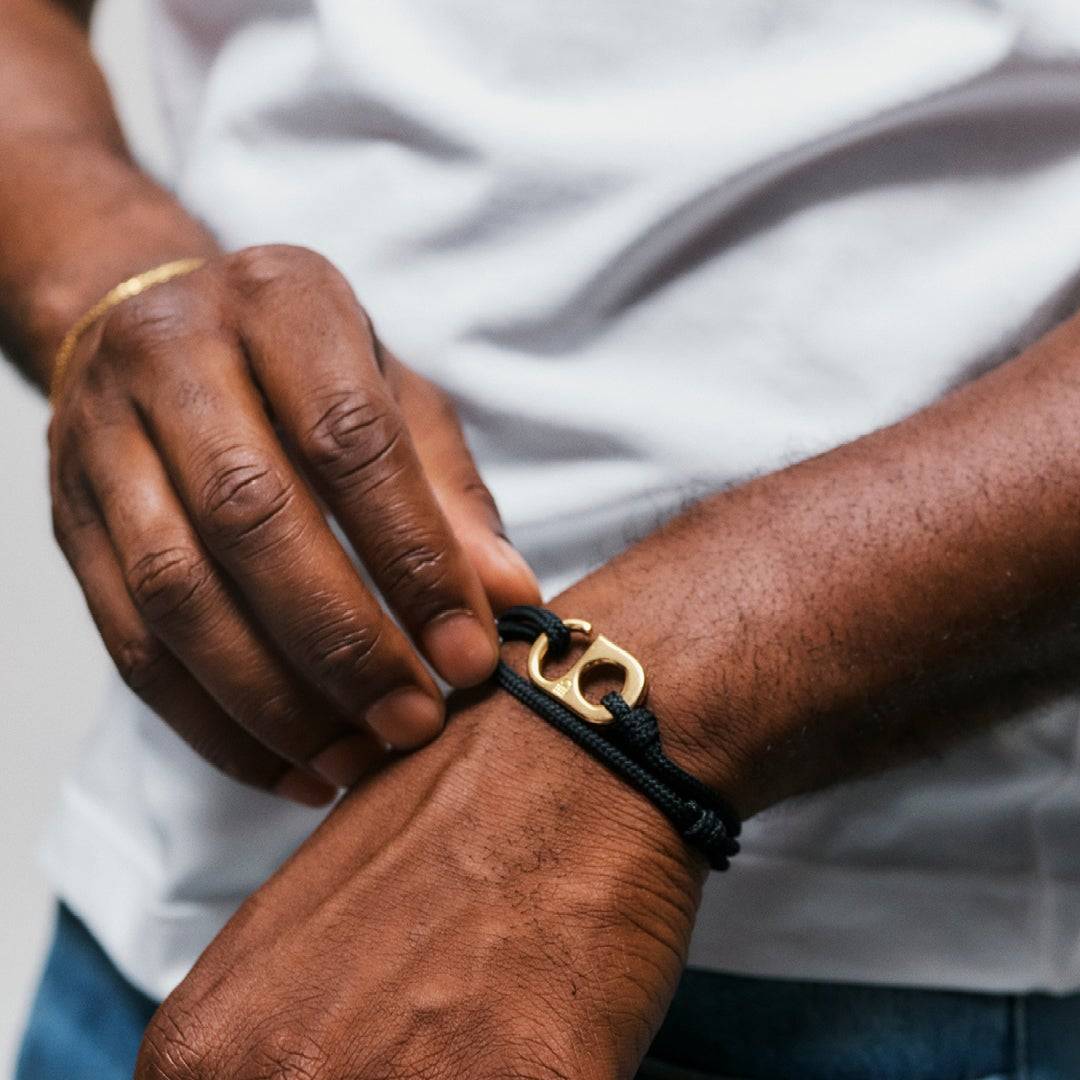
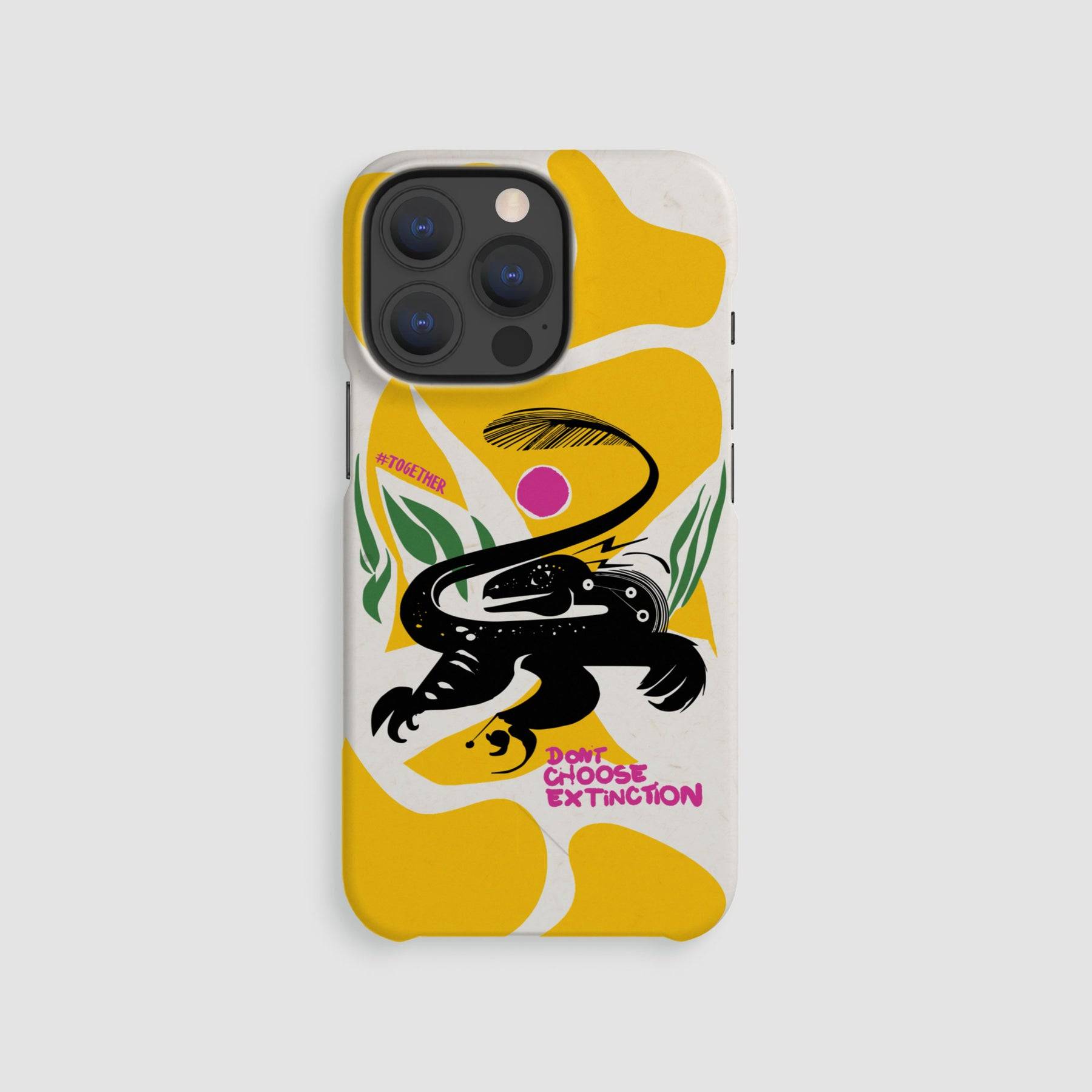
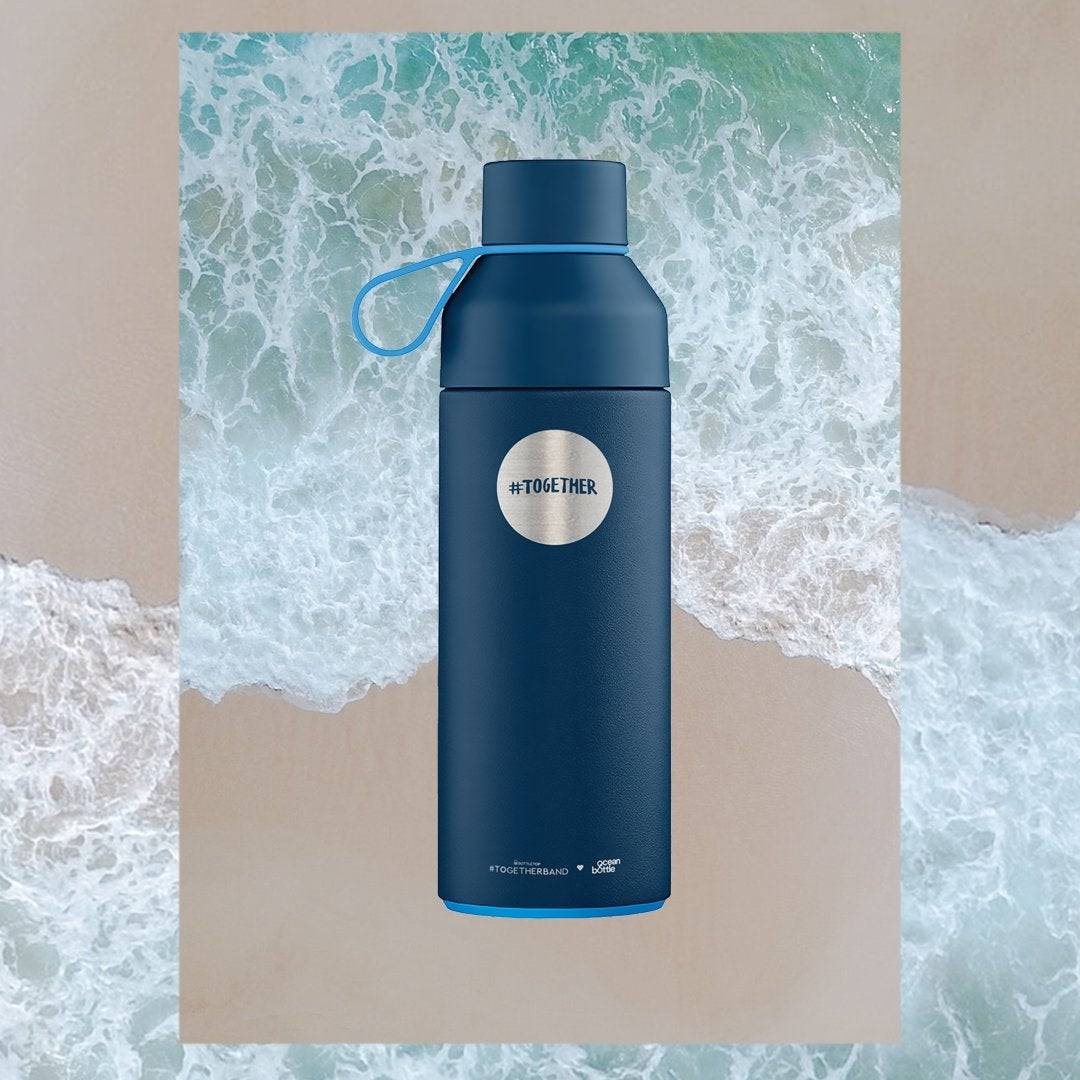

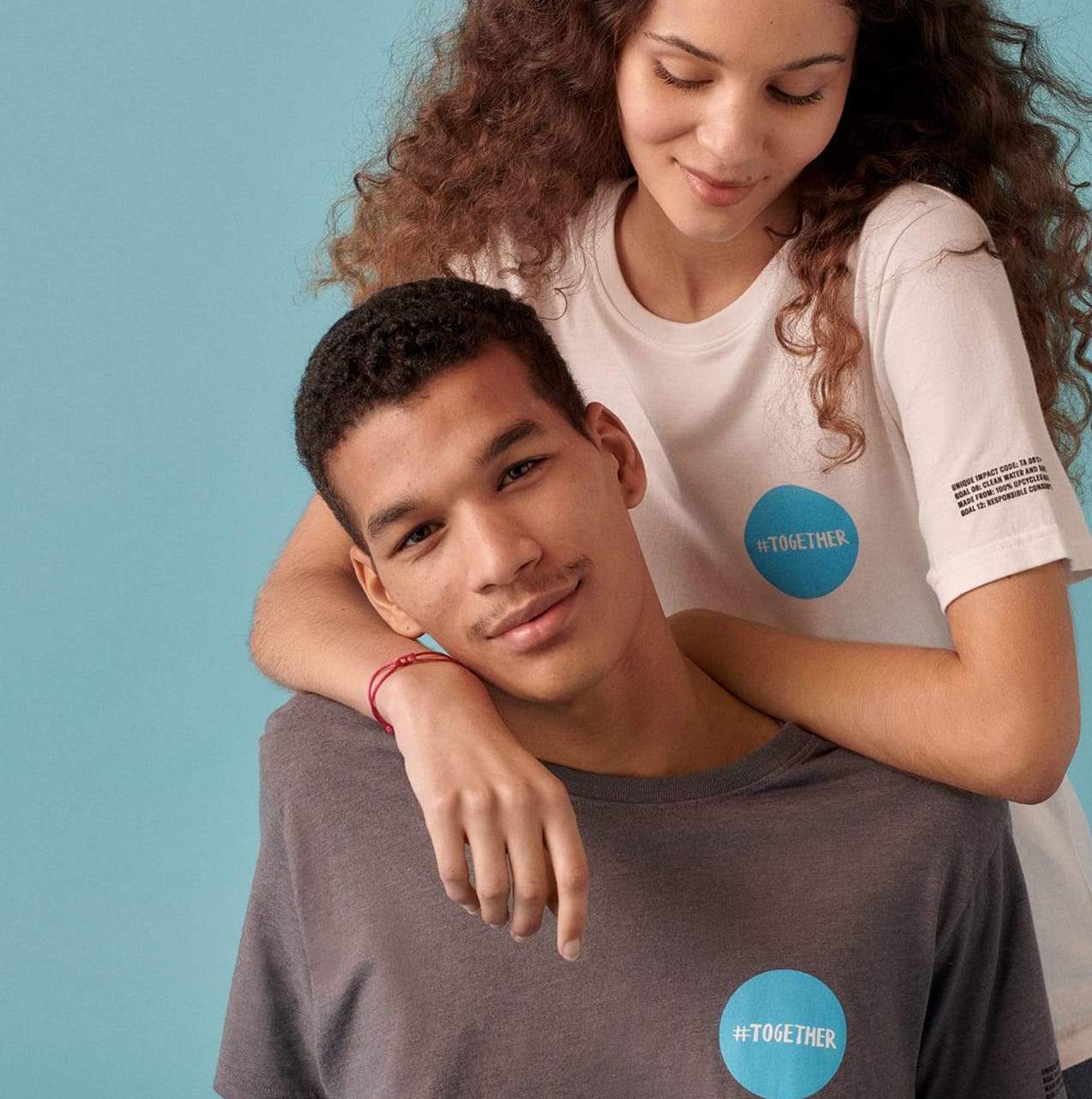
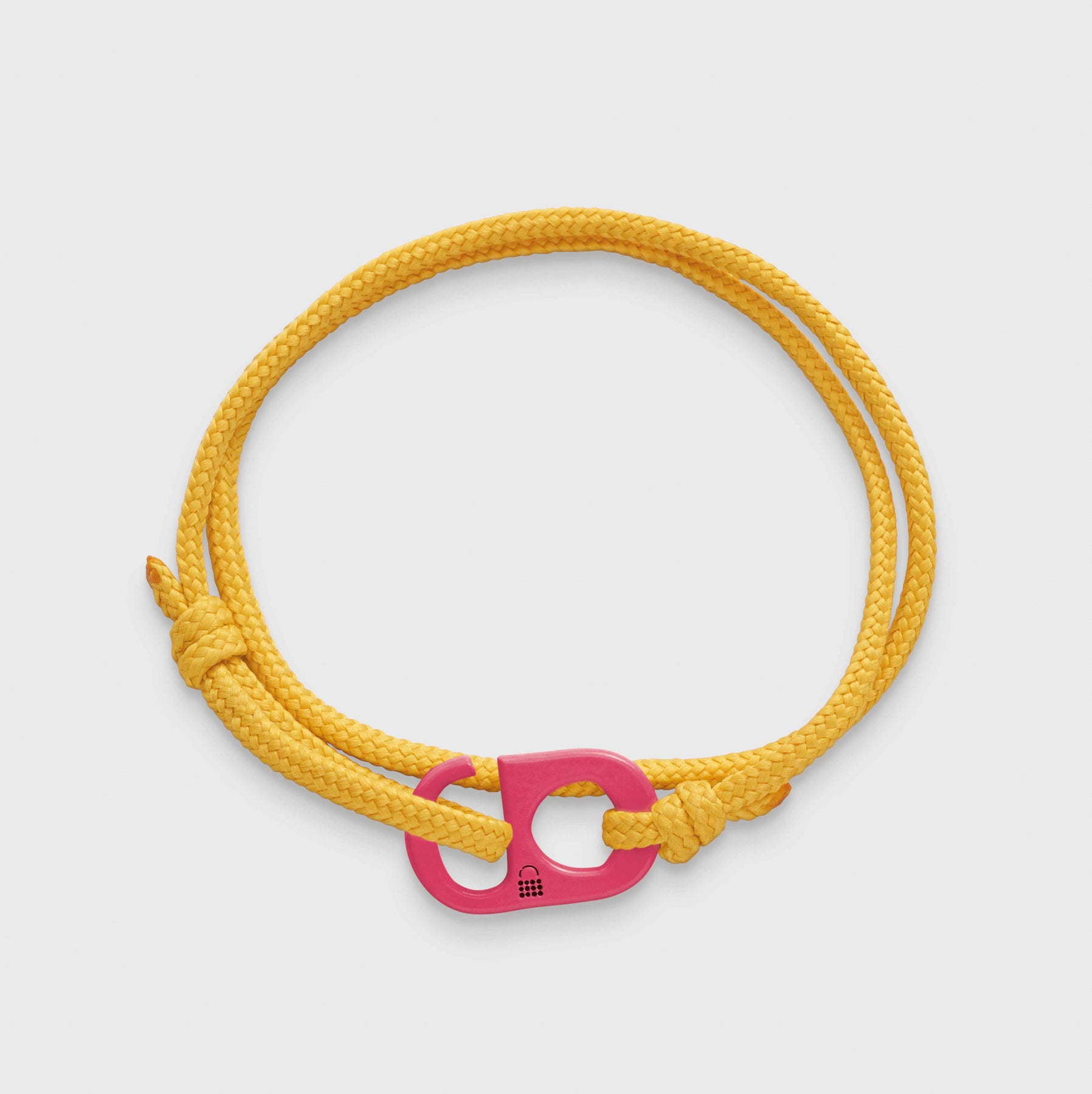
ABOUT #TOGETHERBAND
Sustainability is at the heart of everything we do. All of our products are made from recycled materials and proceeds from sales go to projects and charities that advance the UN's 17 Sustainable Development Goals. Choose from recycled Ocean Plastic® wrist bands, sunglasses made from recycled CDs, compostable phone cases, and more. Shop now!
